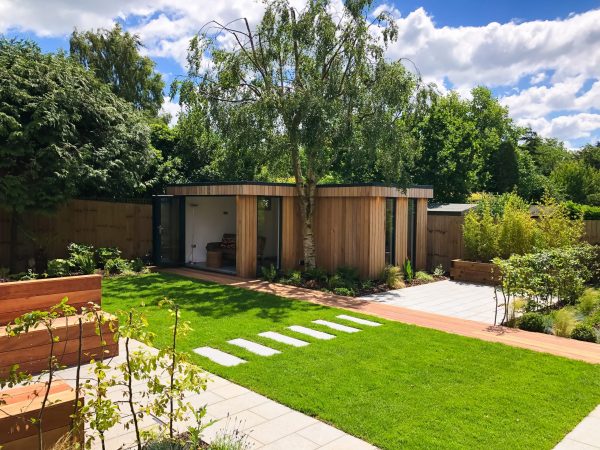In the realm of home improvement and outdoor living, garden rooms have emerged as a coveted oasis for relaxation, work, and entertainment. These standalone structures offer a unique blend of comfort and closeness to nature, making them a perfect addition to any home. However, the path to creating your perfect garden room involves careful planning and construction. Here’s what you need to know to bring your dream Garden Room to life.
1. Define Your Purpose
Before breaking ground, it’s crucial to pinpoint the primary purpose of your garden room. Will it serve as a home office, a serene retreat, a creative studio, or a space for social gatherings? The intended use will dictate the design, size, and features of your garden room, influencing everything from insulation and electrical wiring to window placement and interior finishes.
2. Consider Location and Orientation
The location of your garden room can significantly affect its functionality and ambiance. Consider factors such as sunlight exposure, privacy, access, and views. A south-facing garden room will enjoy plenty of natural light but may require shading solutions to prevent overheating in summer. Additionally, think about how your garden room will blend with the existing landscape and whether it will require any changes to your garden’s layout.
3. Navigate Planning Permissions
Depending on your locality, planning permissions might be a prerequisite for constructing a garden room. Regulations typically consider the structure’s size, height, and proximity to property boundaries. In many cases, garden rooms fall under permitted development and don’t need planning permission, but it’s always wise to check with your local planning authority to avoid any legal hiccups.
4. Choose the Right Materials
Selecting the appropriate materials is vital for ensuring the durability, sustainability, and aesthetic appeal of your garden room. Timber is a popular choice due to its natural insulation properties and versatility, but modern garden rooms also incorporate glass, steel, and composite materials for a contemporary look and enhanced performance. Consider the maintenance requirements and environmental impact of your chosen materials to make an informed decision.
5. Focus on Insulation and Ventilation
A well-insulated garden room can provide year-round comfort, reducing the need for additional heating in winter and cooling in summer. High-quality insulation in the walls, roof, and floor will make your garden room more energy-efficient and comfortable. Don’t overlook ventilation; it’s essential for preventing condensation and maintaining good air quality, especially if you plan to spend significant time in your garden room.
6. Plan for Utilities and Connectivity
If you intend to use your garden room as an office, studio, or entertainment space, planning for electricity, internet, and possibly plumbing is essential. Consider how you will extend these services from your main house to your garden room. Hiring a professional to ensure safe and compliant installations is advisable.
7. Hire the Right Professionals
While some may opt for a DIY approach, hiring professionals can streamline the construction process and ensure that your garden room meets all necessary standards and regulations. A reputable contractor with experience in garden room projects can provide valuable insights, manage any unforeseen challenges, and deliver quality craftsmanship.
Conclusion
A garden room can be a fantastic addition to your home, offering a versatile space that bridges the gap between indoor comfort and outdoor beauty. By carefully considering its purpose, location, design, and construction, you can create a garden room that meets your needs and enhances your property. With thorough planning and attention to detail, your garden room project can transform your outdoor living experience and provide a cherished space for years to come.




